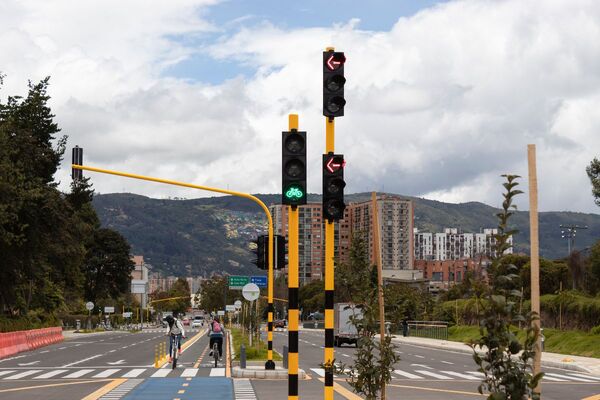Key Takeaways
- A report emphasizes the need for a shift in urban planning to prioritize biking and green spaces over car infrastructure.
- More than 50% of urban land in American cities is currently dedicated to car-related facilities.
- Improving bike paths and pedestrian areas can enhance public health, reduce traffic congestion, and promote sustainability.
Urban Planning Shift Needed
A recent report highlights the urgent need for a transformation in urban planning across American cities, with over 50% of urban land now allocated to car infrastructure. This extensive devotion to vehicles has created numerous challenges, including traffic congestion, pollution, and unhealthy living conditions.
The report advocates for a strategic reorientation that emphasizes cycling and green spaces. By prioritizing bike paths and pedestrian areas, cities can not only promote healthier lifestyles but also significantly reduce their carbon footprints. Improved cycling infrastructure is seen as a sustainable solution to several urban issues, providing better access and mobility while minimizing vehicle reliance.
Cities that invest in cycling and walking infrastructure often experience a marked improvement in public health. Increased physical activity linked to biking can lead to lower obesity rates and better mental health outcomes. Furthermore, reducing car dependency can alleviate congestion on the roads, leading to faster commutes and enhanced overall quality of life.
As cities evolve, planners and policymakers are encouraged to consider incorporating more bike-friendly initiatives. The establishment of dedicated bike lanes, improved safety measures for cyclists, and investment in public transportation alternatives are among the recommended strategies. These steps not only facilitate smoother traffic flow but also enhance community connectivity, making urban environments more livable.
The report’s findings underscore the urgent need for urban planners to rethink their approaches. By transitioning focus from car-centric designs to infrastructure that supports transportation modes like cycling and walking, cities can pave the way toward a more sustainable future. This transformation is not just beneficial for the environment; it also supports the economic vitality of urban areas, as improved accessibility encourages local businesses and promotes tourism.
Reimagining urban spaces to favor cyclists and pedestrians will require concerted efforts from all stakeholders, including local governments, community organizations, and citizens. Engaging communities in the planning process will ensure that changes reflect the needs and desires of residents, fostering a sense of ownership and commitment to the revitalized urban landscape.
In conclusion, the push for improved bike paths and pedestrian spaces aligns with a broader vision of enhancing urban living. Cities that embrace this shift will likely see benefits in public health, environmental sustainability, and overall civic well-being.
The content above is a summary. For more details, see the source article.















